1. Forever 21 – A Fast-Fashion Giant’s Second Fall
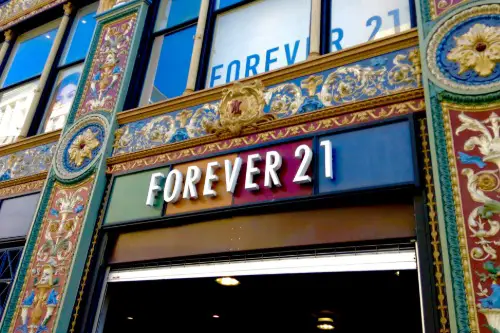
In March 2025, Forever 21 filed for Chapter 11 bankruptcy for the second time in just six years, according to Emma Rayder from Vogue Business. This time, the company announced it would shut down all 350 of its remaining U.S. stores. The move followed a failed attempt to sell the brand and increasing competition from online fashion giants. For shoppers who grew up grabbing trendy deals at the mall, the news felt like a punch to the gut.
Forever 21 had already closed hundreds of stores after its first bankruptcy in 2019, but it seemed like it might bounce back. Unfortunately, it never fully recovered from a shift in shopping habits and the dominance of ultra-fast fashion online. Mall traffic continued to plummet, and Forever 21 couldn’t keep up. The closure signaled the end of an era for teens and twenty-somethings who once lived in crop tops and clubwear.
2. Joann Fabrics – The End of a Crafting Era

Joann Fabrics announced its bankruptcy in early 2025, and it didn’t take long before word spread that it would close all 800 locations, according to Lila MacLellan from Fortune. For longtime crafters, quilters, and artists, this was more than just a retail story—it was deeply personal. Joann had been the go-to spot for everything from school projects to wedding DIYs. When it folded, it left a huge hole in the heart of the creative community.
The company struggled to keep up with online retailers and rising operational costs. It tried to modernize and shift focus to e-commerce, but the efforts came too late. Store closures hit particularly hard in small towns, where Joann had been a community staple. The company’s collapse reminded many just how fragile even long-loved brands can be in today’s retail world.
3. Big Lots – A Discount Retailer’s Decline
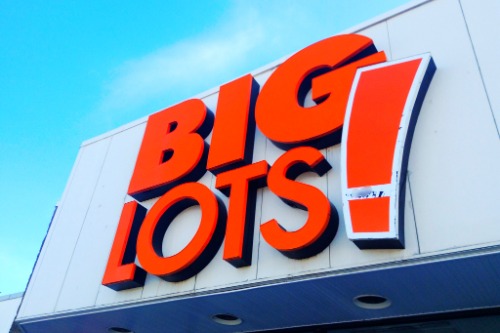
In late 2024, Big Lots announced plans to shutter all of its 900+ stores after a failed acquisition and declining revenue, according to Suzanne Blake from Newsweek. The discount chain had long been a favorite for bargain hunters, offering everything from furniture to food at low prices. But economic pressure and stiff competition from dollar stores and online marketplaces became too much. For budget-conscious shoppers, this loss felt like losing an old friend.
Big Lots had attempted a turnaround strategy, but it never gained traction. In-store traffic dwindled, and the pandemic-era gains quickly reversed. The brand’s fall highlighted how tricky it is for mid-tier discount retailers to survive in an increasingly polarized market. Without Big Lots, many communities—especially rural ones—lost one of their last affordable retailers.
4. Party City – The Final Curtain Call
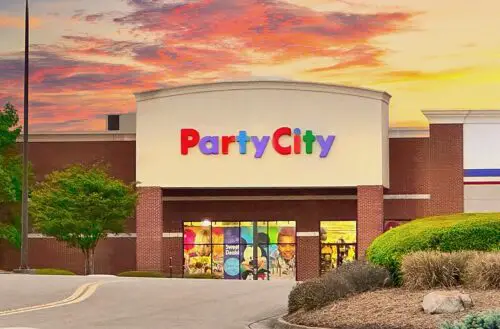
When Party City announced in December 2024 that it would close all its remaining stores, people everywhere groaned at the thought of planning celebrations without it. The store had already filed for bankruptcy in early 2023 and tried to restructure, but it couldn’t shake off inflation and slowing demand, according to Emmy Abbassi and Jordan Valinsky from CNN. This wasn’t just another retailer—Party City had a front-row seat at birthdays, baby showers, graduations, and New Year’s Eve parties across the country. And now it’s gone.
It wasn’t only the streamers and balloons that disappeared. The closure also meant job losses, warehouse shutdowns, and the end of a party-supply empire. Competing with Amazon and seasonal pop-ups didn’t help its chances either. For families and party planners alike, it’s hard to imagine a holiday without that familiar wall of balloons and theme decor.
5. Sears – A Titan Finally Topples
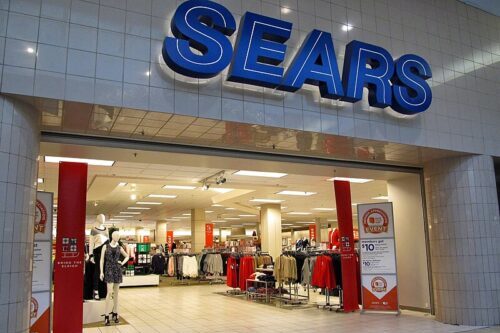
Sears, once the cornerstone of American department stores, has been fading for years, but the 2024 announcement of more closures left fewer than 10 locations open nationwide. At this point, it’s less of a closure and more of a slow vanishing act—but it still stings, according to Jacob Willeford from The US Sun. For decades, Sears was where Americans bought their appliances, tools, clothes, and even homes via catalog. The final stretch feels like watching the last pages of a retail history book close for good.
Its downfall was a mix of corporate mismanagement, fierce competition, and failure to adapt to modern shopping trends. But emotionally, it’s about more than strategy—it’s about memories. People remember shopping at Sears with their parents or grandparents, hunting down sales during back-to-school season. Its decline represents the slow erosion of department store culture in America.
6. Bed Bath & Beyond – A Household Name Fizzles Out

Bed Bath & Beyond declared bankruptcy in 2023 and soon began closing hundreds of stores across the country. By the end of that year, most locations were gone, and the brand’s once-iconic blue coupon mailers stopped showing up. Shoppers who once spent hours comparing toasters or choosing the perfect shower curtain felt the loss deeply. It was a place where people registered for weddings, bought dorm essentials, and wandered the aisles for home inspiration.
The company had struggled for years to compete with Amazon and Target, and attempts at reinvention fell flat. While the name was acquired and relaunched online, the in-store experience never recovered. It’s the kind of store that people didn’t realize they’d miss until it was too late. Walking into Bed Bath & Beyond always felt like a mission—now, that hunt is gone.
7. Tuesday Morning – A Treasure Hunt Ends
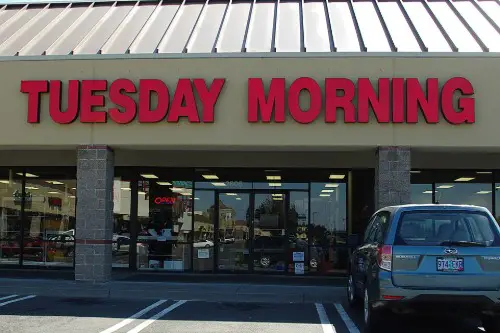
In 2023, Tuesday Morning announced it would close all remaining locations after filing for its second bankruptcy in three years. Known for its off-price home goods and discount decor, the store had a loyal fanbase. It wasn’t always flashy, but the thrill of the hunt was real—aisles packed with affordable surprises made every trip a little adventure. When it closed for good, the loss hit especially hard among deal-loving shoppers.
The retail model simply couldn’t keep up with changing trends and online competition. Inflation didn’t help either, squeezing both margins and customer spending. Despite efforts to rebrand and relocate stores, nothing stuck. It was yet another example of how even beloved niche retailers aren’t immune to the shifting retail landscape.
8. Rite Aid – A Pharmacy Chain’s Painful Prescription
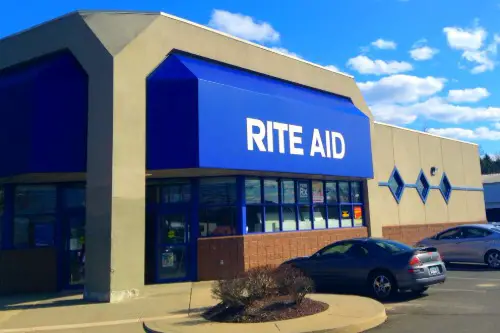
Rite Aid filed for bankruptcy in October 2023, and by 2024 it was closing hundreds of stores to stay afloat. The closures weren’t just about business—they had a major impact on communities relying on local pharmacies. In rural areas, losing a Rite Aid often meant losing the only nearby pharmacy. For many customers, this wasn’t just about prescriptions, it was about losing a trusted healthcare provider.
Rite Aid’s issues included legal battles over opioid-related lawsuits and high debt. It struggled to modernize and compete with stronger players like CVS and Walgreens. For years, it was the third wheel of the pharmacy world, but people still depended on it. Watching it shrink store by store was like seeing a safety net slowly unravel.
9. Christmas Tree Shops – The Holiday Spirit Dimmed
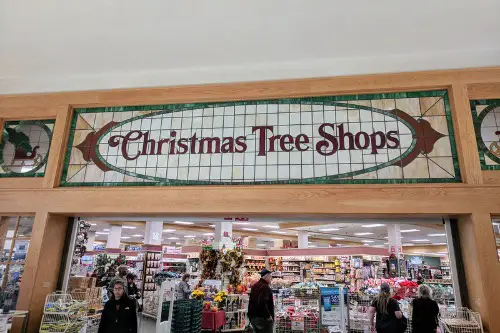
In summer 2023, Christmas Tree Shops announced it would liquidate all stores after failing to recover from pandemic-era struggles. Despite the name, the store wasn’t just about Christmas—it was packed year-round with seasonal décor, furniture, and home goods. For people who loved festive finds without spending a fortune, this was a tough goodbye. The closures took away a sense of affordable whimsy.
The company had changed hands a few times after being spun off from Bed Bath & Beyond in 2020. Supply chain issues and inflation proved too much for the business to survive. Even loyal shoppers couldn’t save it from the wave of closures. It was a reminder that even joy-focused retailers aren’t immune to retail headwinds.
10. Modell’s Sporting Goods – A Local Legend Bows Out
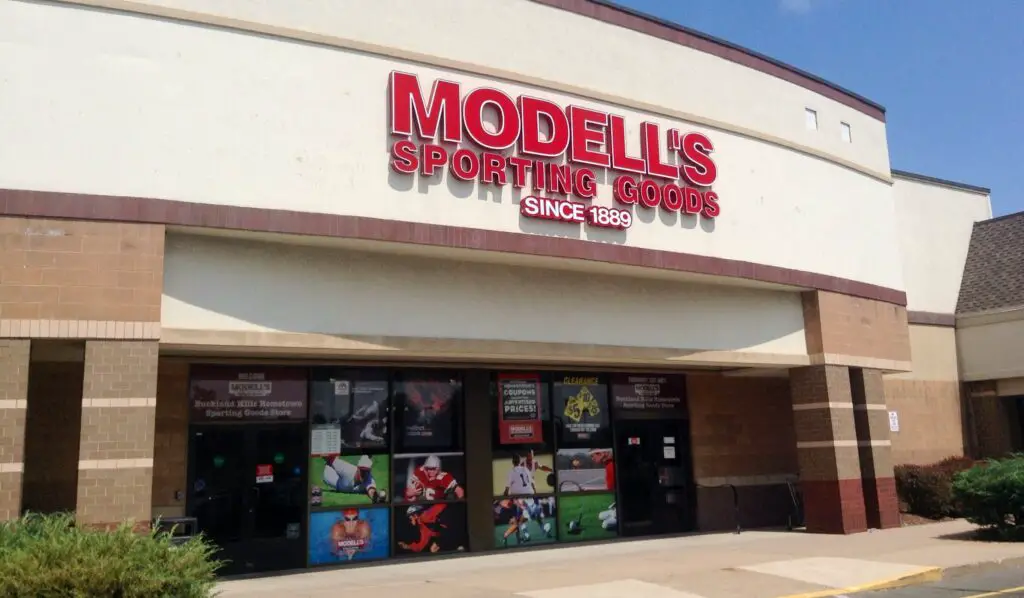
Modell’s was a New York institution for over 130 years before closing its doors in 2020—but the emotional fallout still lingers. It wasn’t just another sporting goods store; it was where Little League teams got gear, where dads bought sneakers, and where city kids shopped for hoodies. When the closures were announced, fans across the Northeast mourned. It felt like losing part of the neighborhood.
Attempts to revive the brand online have surfaced, but the physical store experience is gone. Modell’s couldn’t compete with digital-first retailers or juggernauts like Dick’s Sporting Goods. It was a victim of retail’s broader transformation and the pandemic’s swift punch. Even now, the phrase “Gotta go to Mo’s” brings back a flood of memories.
11. JCPenney – Hanging On By a Thread
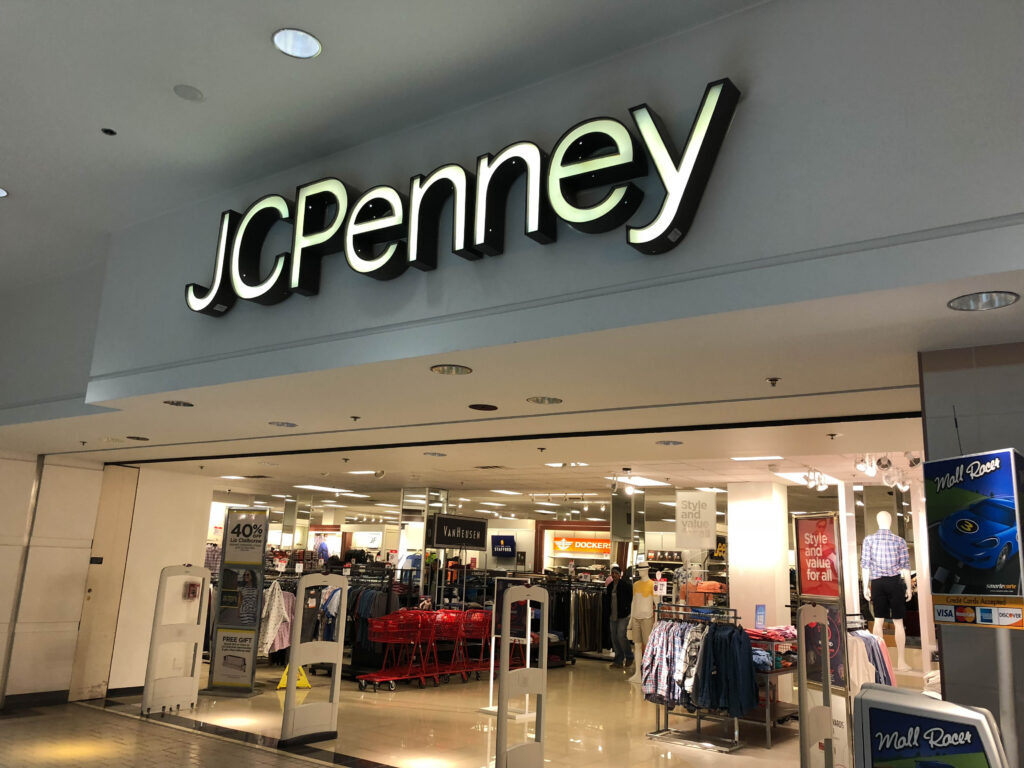
Though it hasn’t closed completely, JCPenney’s journey through bankruptcy and store closures over the past few years has been painful to watch. The 2020 bankruptcy led to the closure of over 150 stores, and more continue to disappear quietly. Once a department store powerhouse, Penney’s has struggled to stay relevant in a crowded market. For many families, it was the go-to for affordable clothes, bedding, and back-to-school basics.
Even with a lifeline from new ownership, the store never quite returned to its former glory. Empty aisles and clearance racks replaced the bustling energy it once had. Each closure feels like a slow unraveling. The brand still exists, but it’s a shadow of what it used to be.
12. Banana Republic – Shrinking Its Footprint
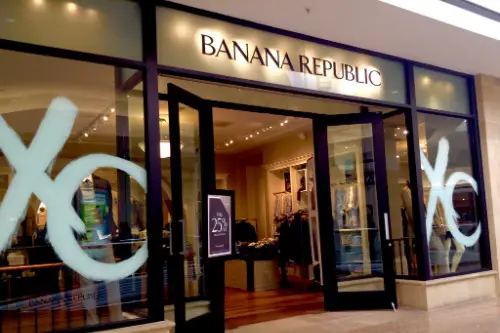
In recent years, Banana Republic has closed a large number of stores across the U.S., as its parent company Gap Inc. continues to restructure. Known for its upscale casual wear, the brand struggled to maintain its niche between fast fashion and luxury. Many closures happened quietly, with some locations shuttering even before leases were up. For longtime fans of the brand, these announcements came with disappointment—and a little disbelief.
Banana Republic tried to reinvent itself with more luxurious lines and online offerings, but foot traffic never returned to pre-pandemic levels. The closures often targeted high-rent areas that were no longer sustainable. Despite attempts to go digital, shoppers missed the tactile experience of browsing in-store. As more locations closed, it felt like another upscale mall staple was disappearing.
13. CVS – A Quiet Pullback

In 2024, CVS continued its multi-year plan to close nearly 900 stores through 2025, as part of a shift toward digital health services and clinic-based care. While not a full collapse, the closures significantly altered the retail pharmacy landscape. In many neighborhoods, the shuttering of a CVS meant more than just losing a place to grab shampoo—it meant losing a reliable healthcare stop. And for seniors and underserved communities, that change was deeply felt.
The company is investing more into online prescription services and health clinics, but physical stores are still vital in many areas. The closures reflect a major pivot in how people access basic health services. Customers, particularly in rural and urban underserved zones, are being left behind. It’s a slow, steady loss that doesn’t grab headlines but still affects millions.


